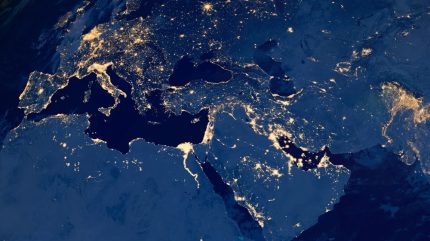
The United Nations Development Programme (UNDP) has launched two new, AI-powered interactive models designed to forecast energy usage. Designed in collaboration with IBM, the Electricity Access Forecasting model and the Clean Energy Equity Index will allow stakeholders from policymakers to ordinary citizens to visualise complex scenarios around the use and abuse of energy. As such, both platforms will be available for users to download for free on the UNDP’s GeoHub dashboard.
“Historically, advanced models like these have not always been freely accessible and applicable to all users,” said IBM, in a statement. “Together, IBM and UNDP set out to co-create solutions that would strengthen free public access to complex clean energy information and advanced technology, while simultaneously providing essential energy resources for policymakers, governments, journalists and decision-makers.”
UNDP models forecast energy usage changes through 2030
Established in 1966 by the UN General Assembly, the UNDP not only acts as the international body’s leading development agency but also spearheads the fulfilment of its sustainable development goals in 170 different countries. Both platforms were devised in collaboration with IBM’s Sustainability Accelerator, which selects five projects each year to support and scale technological solutions to major sustainability challenges.
The first of the tools it developed in partnership with the UNDP, the Electricity Access Forecasting model, measures how electricity usage will change in a given area until 2030. The tool harnesses IBM’s watsonx AI platform, its cloud, and an open-source machine learning library, and references factors in its calculations that include the population, infrastructure, urbanization levels and elevation of the space under analysis, in addition to satellite data. Overall, the model will incorporate data originating from 102 countries across Africa, Latin America, Asia and the Middle East.
The Clean Energy Index, meanwhile, is a statistical geospatial model that, according to IBM, combines “geospatial analytics with environmental, economic and social factors – such as education, greenhouse gas emissions, and relative wealth” from 53 countries in Africa to produce a ‘Clean Energy Equity’ score of 0-1. Users accessing the index via the UNDP’s GeoHub dashboard will also be able to customise each factor that goes into devising the overall score.






